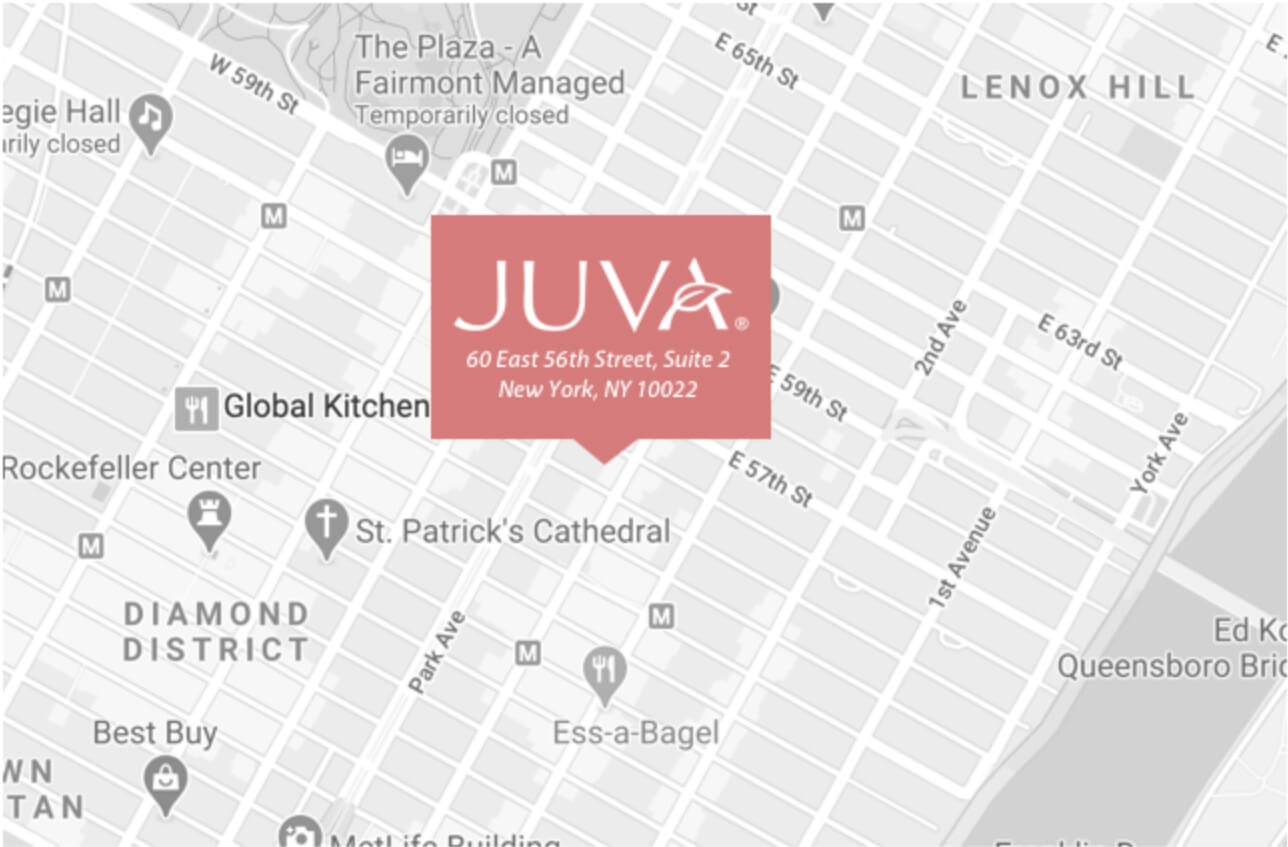Pulsed dye laser
New York City board-certified dermatologist Dr. Bruce Katz says this particular type of laser is the most effective energy-based redness treatment there is—specifically, for addressing redness caused by broken blood vessels. Technically known as telangiectasias, “broken” blood vessels is somewhat of a misnomer, he points out. These small blood vessels aren’t actually broken; they’re simply visible beneath the skin, usually because it’s become thinner due to years of sun damage breaking down the collagen, he explains. These blood vessels can either cause small, very distinct points of redness or be more widespread and clustered together, making for an overall appearance of background redness. Either way, they’re most likely to pop up on the cheeks, forehead, and nose.
The unique wavelength of a pulsed dye laser targets the hemoglobin in the blood: “It absorbs the laser energy, the blood vessels coagulate, and ultimately, the body destroys them naturally,” Dr. Katz explains. He adds that it’s also an effective treatment for port-wine stains—congenital birth marks caused by a group of thicker, dilated blood vessels that create the appearance of a dark-red mark. Pulsed dye lasers are a good choice for rosacea patients as well, especially for those who have more diffuse areas of redness, says Dr. Katz. While one laser session sometimes can do the trick, typically, two or three sessions are required for best results.
Steroid creams
...These can range from over-the-counter hydrocortisone creams to prescription-strength options, all of which reduce redness via their anti-inflammatory properties, adds Dr. Katz. They can also be used to combat the redness associated with more chronic skin conditions, such as eczema and psoriasis. However, they’re not the best choice for continued use, given that they can cause both thinning of the skin and an unwanted rebound effect that results in more redness once you stop using them. There are other, nonsteroidal prescription topicals that are helpful in this case, such as Elidel and Protopic, notes Dr. Katz. And behavioral changes—learning how to cleanse the skin properly so that it doesn’t dry out, avoiding common irritants—are also very important, he adds.
Rhofade
Both Dr. Katz and Dr. Westreich cite this prescription topical cream as a good option for rosacea patients (and Dr. Westreich says it can actually be used on any type of erythema). It causes constriction of the blood vessels, fading or minimizing the appearance of redness, explains Dr. Katz. The big caveat? You have to use it regularly, since the effects are only temporary...




